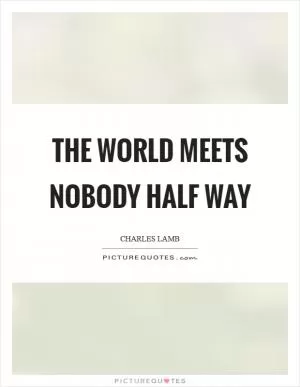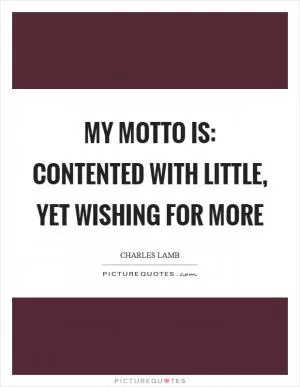The teller of a mirthful tale has latitude allowed him. We are content with less than absolute truth

The teller of a mirthful tale has latitude allowed him. We are content with less than absolute truth
Charles Lamb, a renowned English essayist and poet, was known for his wit, humor, and ability to captivate his audience with his mirthful tales. In his works, Lamb often strayed from absolute truth in order to entertain and engage his readers, and his audience was more than willing to overlook any inaccuracies in favor of enjoying the story he was telling.Lamb understood that as a storyteller, he had a certain amount of latitude allowed to him. He knew that in order to entertain and engage his audience, he sometimes had to embellish or exaggerate the truth. This was not seen as deceitful or dishonest, but rather as a necessary part of the storytelling process. Lamb's audience was content with less than absolute truth because they understood that the purpose of his tales was not to convey factual information, but to entertain and amuse.
One of Lamb's most famous works, "Essays of Elia," is a collection of essays that showcase his unique storytelling style. In these essays, Lamb weaves together fact and fiction, humor and melancholy, to create a rich tapestry of human experience. His essays are filled with colorful characters, witty observations, and clever wordplay, all of which combine to create a world that is both familiar and fantastical.
Lamb's ability to blend truth and fiction in his storytelling is what sets him apart as a writer. He understood that sometimes the truth is not as important as the emotional impact of a story. By taking liberties with the truth, Lamb was able to create stories that resonated with his audience on a deeper level, touching their hearts and minds in ways that a purely factual account never could.












 Friendship Quotes
Friendship Quotes Love Quotes
Love Quotes Life Quotes
Life Quotes Funny Quotes
Funny Quotes Motivational Quotes
Motivational Quotes Inspirational Quotes
Inspirational Quotes